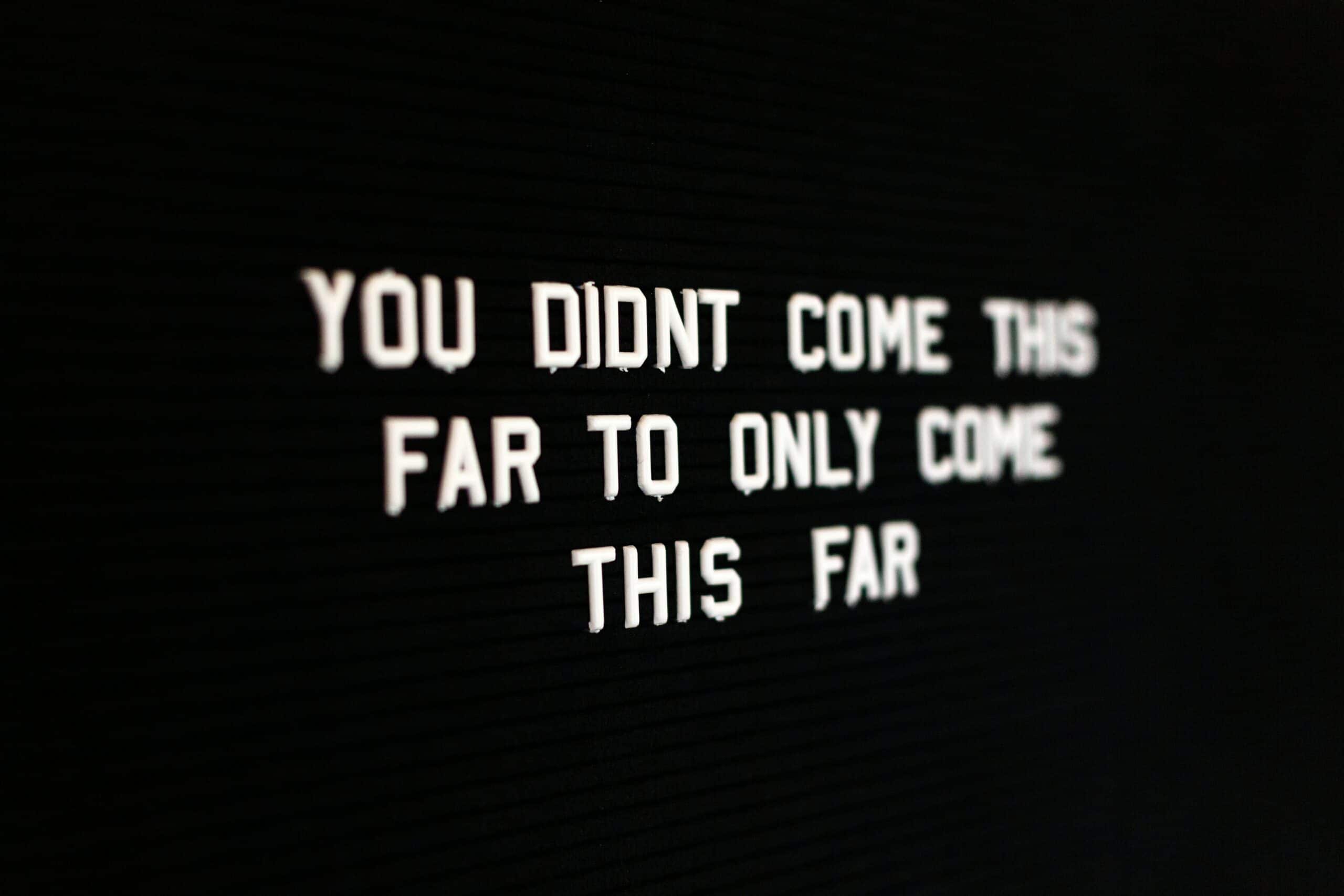Life is messy. However, we want everything to fit into a neat little box. That’s why we have things like organizational charts and the Business Model Canvas. However, life isn’t that clean-cut. There are often responsibilities that fall in between the cracks because they don’t directly apply to everyone. For instance, have you ever been in a work situation where everybody agrees there is a problem, but nobody is necessarily equipped (or willing) to take it on by the horns? Or, even worse, there’s been a problem for years but nobody has acknowledged or cared that it exists. When a leader is disillusioned about their team’s lack of motivation and direction, it is called a leadership vacuum.
[Related: 21 Key Questions: Business Model Canvas]
Here are some signs you might have a leadership vacuum in one or more areas of your organization:
- You can’t seem to gauge an accurate pulse on your organization.
- Morale and motivation seem low.
- Communication is happening virtually, but not in-person (The pandemic created some reason for this, but as the restrictions lift it’s important to safely re-emphasize the value of connectivity and presence)
- People are just doing their job, nothing more.
- More people have individual professional goals than group alignment
There are many ways to ensure that you’re not sealed off from the needs of your team and business. In fact, most of them can be summed up in this one word: systems. Leadership vacuums exist for two reasons:
1. Growth is a process (the perfect business doesn’t just happen from the get-go!)
2. We don’t analyze our work closely enough.
Luckily, smart business people have latched onto the latter issue and developed a robust understanding of something called systems work. This idea really got off the ground from the scientific management movement of the early 1900s. The emphasis of that movement was primarily directed toward industrial production. Most of the scientific management techniques, attitudes, and concepts have found their way into modern organizations. In short, Scientific Management teaches: If you study work and analyze what you’re doing, you will find a way to do it better and easier, and you will get greater production because you eliminate wasted effort.
[Related: 3 Steps to Developing Business Systems]
Ask yourself the following questions to systemize and close any leadership vacuum:
1. What work is currently being done?
2. What work needs to be done in order to achieve the collective vision?
3. How is my team motivated? Are they behind the vision I want to support?
4. Who is best suited to conduct that work?
5. How can I measure the success of that work? (AKA, what are key performance indicators, such as website pageviews or amount of dollars that would demonstrate the profitability of the system?)
Many of these questions need to be adapted and asked to your teammates as well. The main reason gaps occur in leadership is because of a lack of communication. In organizations where systematizing the work has never been done before, it becomes necessary to actually interview everyone to clearly identify what work is being done. In running small businesses, there have been times when I needed to sit my team down and have them each go through everything they do on a daily and weekly schedule. This helped us to redirect our efforts in a more efficient way. Interviewing your people is the best way to get a clear picture so you can systematize accordingly. Once you get a system in place, it’s important to record it. If it’s not in writing, it doesn’t count.
The End Result:
Systemization is a worthy process because it frees up more space for innovation and growth. When you are in the beginning stages of an organization, a leader’s time is spent roughly 70% on routine work and 30% on developmental work. Routine work includes the day-to-day necessary tasks, whereas development work includes study, research, forecasting, and decision making. It contains project work, unique situations, rare problems, emergencies, and addressing any gaps that come from missing goals or poor performance in general. Many leaders have a preference for developmental work.
Here’s the good news— over time the ratios will flip in your favor. Systems are efficient because they create a blueprint for predicting vacuums before they even happen. Among several other factors, it makes it to where really effective leaders can spend 70 percent of their time on developmental work and only 30 percent on routine. In the end, that leaves more time for you to focus on what you love.



